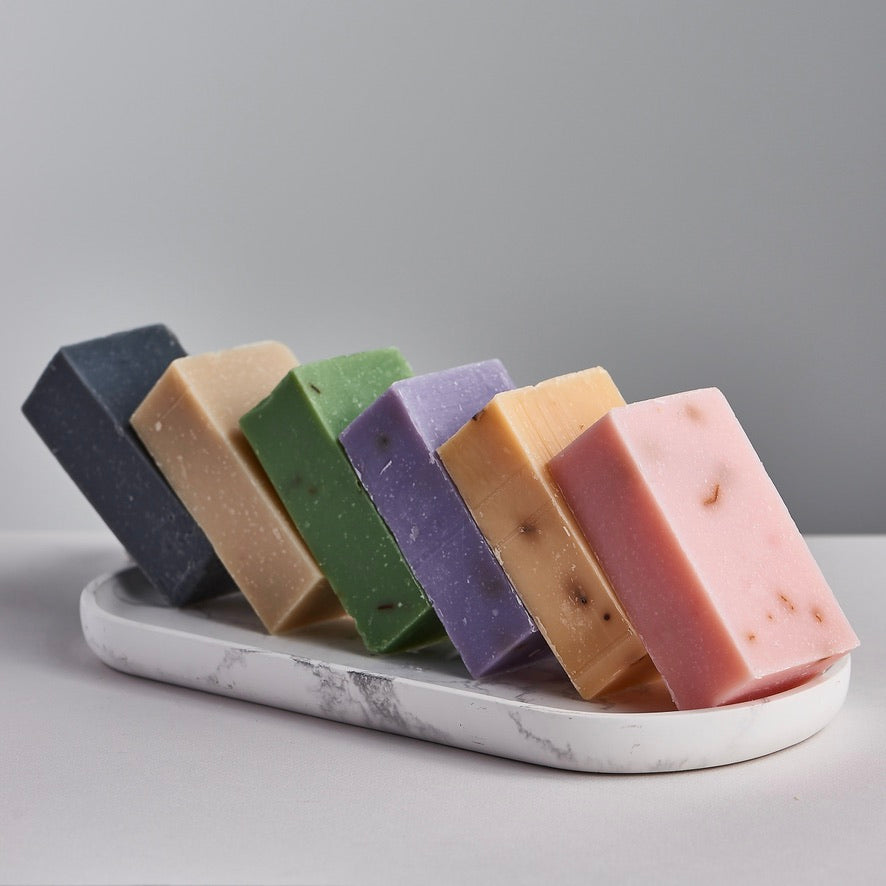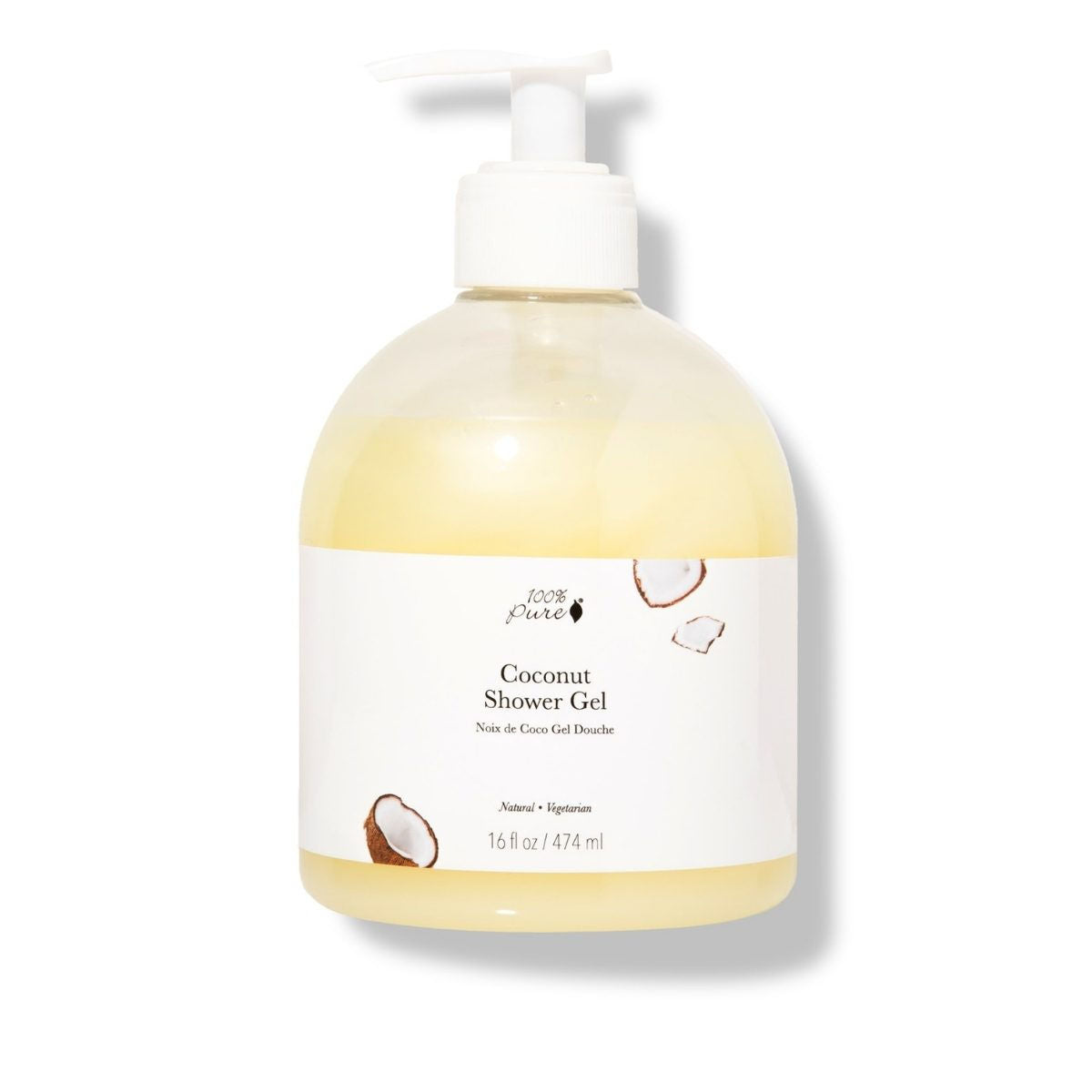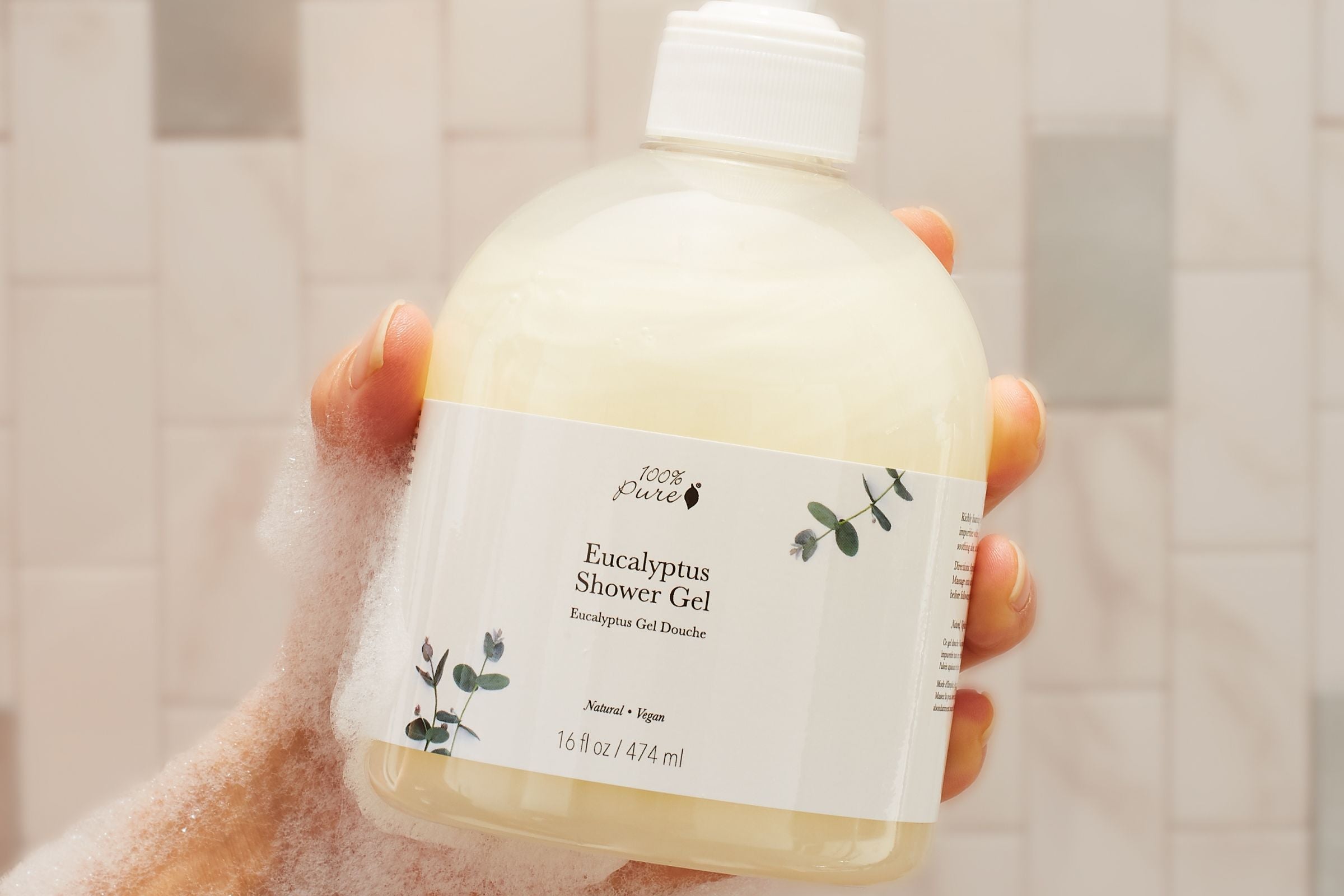 The main differences between bar soap, body wash, and shower gel are their forms, ingredients, and intended use:
The main differences between bar soap, body wash, and shower gel are their forms, ingredients, and intended use:1. **Bar Soap**:
- **Form**: Solid.
- **Ingredients**: Often made from a combination of fats or oils and an alkali like sodium hydroxide. Can include moisturizers, fragrances, and other additives.
- **Use**: Typically used for cleansing the body and hands. Some can be drying due to higher pH levels.
Making bar soap at home involves a process called saponification, where oils or fats react with lye (sodium hydroxide) to form soap. Here’s a basic guide to making bar soap:
### Ingredients:
1. **Fats/Oils**:
- Olive oil
- Coconut oil
- Palm oil
- Any other oils or butters (like shea butter, cocoa butter) you prefer
2. **Lye (Sodium Hydroxide)**:
- Available in specialized soap-making stores or online.
3. **Distilled Water**
4. **Additives** (optional):
- Essential oils for fragrance
- Colorants
- Exfoliants (like oatmeal, coffee grounds)
- Botanicals (like dried flowers, herbs)
### Equipment:
- Digital scale
- Safety goggles and gloves
- Heat-resistant container for lye solution
- Stainless steel or plastic mixing bowls
- Stick blender
- Soap mold (silicone or wooden lined with parchment paper)
- Thermometer
- Spatula
- Knife or soap cutter
### Safety Precautions:
- Wear safety goggles and gloves when handling lye.
- Work in a well-ventilated area or outside.
- Always add lye to water, never water to lye (to prevent a dangerous reaction).
### Steps:
1. **Prepare the Lye Solution**:
- Weigh the distilled water in a heat-resistant container.
- Weigh the lye separately.
- Slowly add the lye to the water (never the other way around) while stirring gently. The solution will heat up and release fumes, so do this in a well-ventilated area.
- Set aside to cool.
2. **Prepare the Oils**:
- Weigh and melt solid oils/butters (like coconut oil, shea butter) in a mixing bowl.
- Add liquid oils (like olive oil) to the melted solid oils.
- Allow the oils to cool to around 100-120°F (37-49°C).
3. **Mix Lye Solution and Oils**:
- When both the lye solution and oils are around the same temperature (100-120°F), slowly pour the lye solution into the oils.
- Use a stick blender to mix until "trace" is reached. Trace is when the mixture thickens and holds a trail when drizzled on the surface.
4. **Add Additives**:
- At trace, add any desired additives like essential oils, colorants, or exfoliants.
- Mix thoroughly.
5. **Pour into Mold**:
- Pour the soap batter into the mold, smoothing the top with a spatula if needed.
- Cover the mold with a piece of cardboard and then with a towel to insulate and promote even saponification.
6. **Cure the Soap**:
- Allow the soap to harden in the mold for 24-48 hours.
- Unmold the soap and cut into bars.
- Place the bars on a rack or a ventilated area to cure for 4-6 weeks. This curing process allows the soap to harden and milden, making it longer-lasting and more gentle on the skin.
7. **Storage**:
- Store the cured soap in a cool, dry place.
Enjoy your homemade bar soap!
Making body wash at home involves combining a few key ingredients to create a moisturizing and cleansing product. Here's a basic recipe to get you started:
### Ingredients:
1. **Liquid Castile Soap** (unscented): 1 cup
2. **Distilled Water**: 1 cup
3. **Carrier Oil** (like jojoba oil, almond oil, or coconut oil): 1-2 tablespoons
4. **Essential Oils** (for fragrance): 15-20 drops
5. **Vegetable Glycerin** (optional, for added moisture): 1 tablespoon
6. **Aloe Vera Gel** (optional, for soothing properties): 1-2 tablespoons
7. **Vitamin E Oil** (optional, for skin benefits): 1 teaspoon
### Equipment:
- Measuring cups and spoons
- Mixing bowl
- Funnel
- Whisk or spoon
- Clean bottle with a pump or squeeze top
### Steps:
1. **Combine Liquid Ingredients**:
- In a mixing bowl, combine 1 cup of liquid Castile soap and 1 cup of distilled water. Stir gently to mix.
2. **Add Carrier Oil**:
- Add 1-2 tablespoons of your chosen carrier oil (like jojoba oil, almond oil, or coconut oil). This will add moisture to the body wash and help keep your skin hydrated.
3. **Incorporate Essential Oils**:
- Add 15-20 drops of essential oils for fragrance. Some popular choices are lavender, tea tree, peppermint, or eucalyptus. Stir gently to incorporate.
4. **Add Optional Ingredients**:
- If desired, add 1 tablespoon of vegetable glycerin for extra moisturizing properties, 1-2 tablespoons of aloe vera gel for soothing the skin, and 1 teaspoon of vitamin E oil for its antioxidant benefits. Mix well.
5. **Blend the Ingredients**:
- Whisk or stir the mixture thoroughly until all ingredients are well combined.
6. **Transfer to Bottle**:
- Using a funnel, carefully pour the mixture into a clean bottle with a pump or squeeze top.
7. **Label and Store**:
- Label the bottle with the date and contents. Store in a cool, dark place.
### Usage:
- Shake the bottle before each use to ensure the ingredients are well mixed.
- Use a small amount on a washcloth, sponge, or directly on your hands to lather and cleanse your body.
### Tips:
- Adjust the amount of essential oils based on your scent preference.
- Experiment with different carrier oils and essential oils to customize your body wash.
- Ensure all equipment and containers used are clean to prevent contamination.
Enjoy your homemade body wash!
2. **Body Wash**:
- **Form**: Liquid.
- **Ingredients**: Usually contains a combination of water, detergents (like sodium laureth sulfate), and moisturizers. Often includes additional skin-beneficial ingredients like vitamins and essential oils.
- **Use**: Designed for overall body cleansing with a focus on hydration and maintaining the skin's moisture barrier. Often gentler on the skin compared to bar soap.
Making shower gel at home is similar to making body wash but typically involves creating a thicker consistency. Here’s a basic recipe for a moisturizing and cleansing shower gel:
### Ingredients:
1. **Liquid Castile Soap** (unscented): 1 cup
2. **Distilled Water**: 1 cup
3. **Xanthan Gum** or **Guar Gum** (thickening agent): 1-2 teaspoons
4. **Carrier Oil** (like jojoba oil, almond oil, or coconut oil): 1-2 tablespoons
5. **Essential Oils** (for fragrance): 15-20 drops
6. **Vegetable Glycerin** (optional, for added moisture): 1 tablespoon
7. **Aloe Vera Gel** (optional, for soothing properties): 1-2 tablespoons
8. **Vitamin E Oil** (optional, for skin benefits): 1 teaspoon
### Equipment:
- Measuring cups and spoons
- Mixing bowl
- Whisk or immersion blender
- Funnel
- Clean bottle with a pump or squeeze top
### Steps:
1. **Combine Liquid Ingredients**:
- In a mixing bowl, combine 1 cup of liquid Castile soap and 1 cup of distilled water. Stir gently to mix.
2. **Add Carrier Oil**:
- Add 1-2 tablespoons of your chosen carrier oil (like jojoba oil, almond oil, or coconut oil). This will add moisture to the shower gel and help keep your skin hydrated.
3. **Incorporate Essential Oils**:
- Add 15-20 drops of essential oils for fragrance. Some popular choices are lavender, tea tree, peppermint, or eucalyptus. Stir gently to incorporate.
4. **Add Optional Ingredients**:
- If desired, add 1 tablespoon of vegetable glycerin for extra moisturizing properties, 1-2 tablespoons of aloe vera gel for soothing the skin, and 1 teaspoon of vitamin E oil for its antioxidant benefits. Mix well.
5. **Thicken the Mixture**:
- Gradually add 1-2 teaspoons of xanthan gum or guar gum to the mixture while whisking or using an immersion blender. This will help thicken the shower gel to your desired consistency. Blend until smooth and well combined.
6. **Blend the Ingredients**:
- Whisk or blend the mixture thoroughly until all ingredients are well combined and the shower gel has a smooth, gel-like consistency.
7. **Transfer to Bottle**:
- Using a funnel, carefully pour the mixture into a clean bottle with a pump or squeeze top.
8. **Label and Store**:
- Label the bottle with the date and contents. Store in a cool, dark place.
### Usage:
- Shake the bottle before each use to ensure the ingredients are well mixed.
- Use a small amount on a washcloth, sponge, or directly on your hands to lather and cleanse your body.
### Tips:
- Adjust the amount of essential oils based on your scent preference.
- Experiment with different carrier oils and essential oils to customize your shower gel.
- Ensure all equipment and containers used are clean to prevent contamination.
- If the mixture is too thick, add a little more distilled water to reach the desired consistency. If it is too thin, add a bit more xanthan gum or guar gum.
Enjoy your homemade shower gel!
3. **Shower Gel**:
- **Form**: Gel-like liquid.
- **Ingredients**: Similar to body wash but typically has a thicker consistency and more vibrant fragrances. Contains detergents, moisturizers, and often colorants.
- **Use**: Primarily for body cleansing, with a focus on providing a refreshing, invigorating experience. Often has a slightly higher concentration of fragrances.
In summary, while all three products are used for body cleansing, bar soap is solid and can be more drying, body wash is liquid and focuses on hydration, and shower gel is a thicker, more fragrant liquid.








